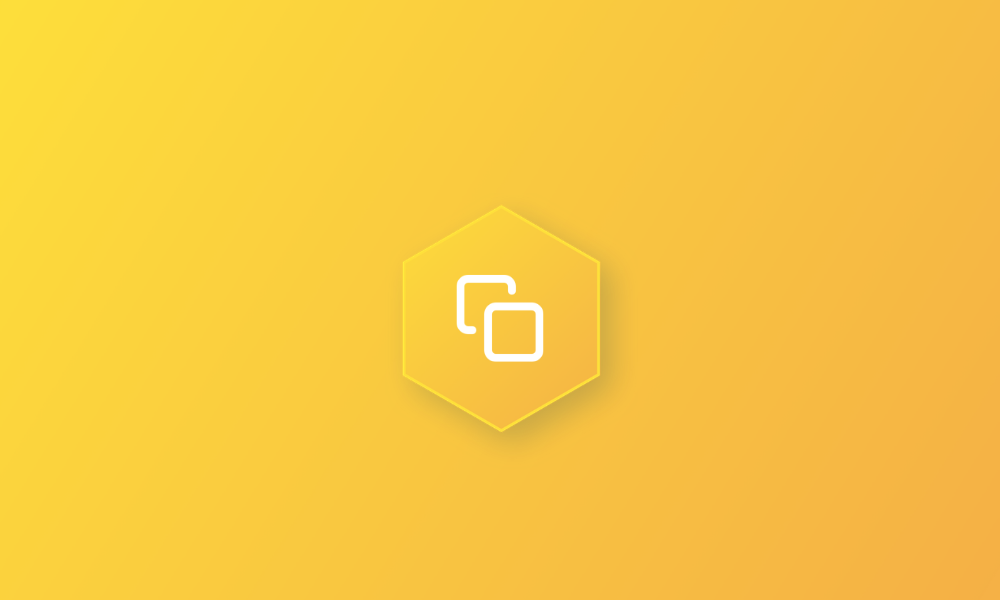Even with very sophisticated software, modern payroll is fraught with error and requires hours of the finance team’s time to diligently check for accuracy.
And although financial technology has come on leaps and bounds, it has still not made payroll simpler, quicker and error-proof. That is, until 2021.
It seems logical that, to any outsider, payments and payroll should be intimately entwined; they share half the same name, after all. And yet the reality could not be further from the truth.
Since time immemorial the act of calculating payroll has been separate from the act of settling the payroll. Roman soldiers were remunerated only after their superior officer’s clerks had deducted state tax, food allowance (or inflation staving salt) and equipment hire repayments, and they, in turn, were able to settle the account only after it was summoned as one lump sum payment from Rome. They say lead piping caused the disintegration of the empire. We think late salary payments and annoyed soldiers played a role, too!
And not much has changed since. That is to say, the clerks now wield software to calculate tax and fees and the lump sum payment takes days instead of months to traverse to the frontline.
Today, payroll is run by the financial controller’s team, calculating the salary for each employee or contractor, all saved and downloaded to a Bacs file which is then uploaded to their bank of choice.
Next begins the process of clearing the net wage account - reconciling accounting transactions to payments and cash matching. After waiting three days for the Bacs payment to clear, you’ve waited nearly three weeks from the start of the payroll run to establish whether you’ve made a profit or not. And, by the time you try and act upon the data, the P&L is already nearly a month out of date.
It’s a long process even before we consider the manual time taken to fix file errors, incorrect value inputs, doublechecking, duplicates and payment rejections.
The weakest link in the chain? The payment file.
It’s time to remove a step – the problematic payment file
In an age where you can stream a film in seconds or summon food or a taxi to you in minutes, it seems counter intuitive that such a fundamentally important business process should be broken across two disparate systems – payroll software and your bank - at the critical moment.
The payment files, that use outdated technology, are what businesses up and down this country rely upon to bridge the separate systems and ensure financial accuracy.
Payment files are widely used because they are the only compatible method of exchange with legacy bank accounts.
The trouble with bank accounts is they are technologically inflexible and were not built to be anything but a store of cash. Bank accounts for businesses won’t go anywhere (even if banks begin charging customers for the privilege of holding their funds) as they quite often come as part of the deal for much needed financing.
And replace with one seamless, cost saving integration
However, what can be replaced is the payment function of the bank account. Businesses no longer need to rely on their banks to make and receive payments, and they don’t rely on manual, error prone and slow payment files.
That’s because payroll software companies like My Digital are using the same API technology that Google, Netflix and Uber use as standard. My Digital has integrated Modulr’s payments technology into its software to merge payroll and payments to create one simple, cost saving and streamlined process.
This means My Digital simultaneously talks to the payments account behind the scenes, creating exact matching values per accounting entry with no errors between the two. When you’re ready to run payroll, you simply need to approve the payments in your Modulr payment account.
After the payments have been made, My Digital verifies the payments have cleared and displays instantly and automatically within the software for seamless and quick reconciliation.
All you need to do is simply enable your payment account with Modulr within the My Digital software.
Joss Lowery, Managing Director, Bar 2 Contracting: “Using the Modulr API in My Digital has enabled us to streamline our processing (now downloading and uploading of files) and minimises the risk of fraud because bank files are no longer handled manually but within the system.
“There is also the added benefit of a significant reduction in our per payment banking costs”
But how does My Digital and Modulr work with your existing banking provider?
Great question. You can use your Modulr payment account in exactly the same way as a bank account for payments; you can send and receive money but with greater visibility and control. You might not want to replace your bank account with a Modulr payment account – we understand! In this instance, at the end of the payroll process you’ll have an extra step to make one lump sum to your Modulr payment account from your chosen bank account to cover payroll.
Seamless, harmonious payroll at the touch of a button
Here’s a recap of how My Digital and Modulr are fusing payments and payroll together in 2021:
- Run payroll as normal in My Digital
- Select Pay now in My Digital
- Approve payments in your Modulr portal
- Fund your Modulr account with a single payment
- Easily see payments updated in My Digital
